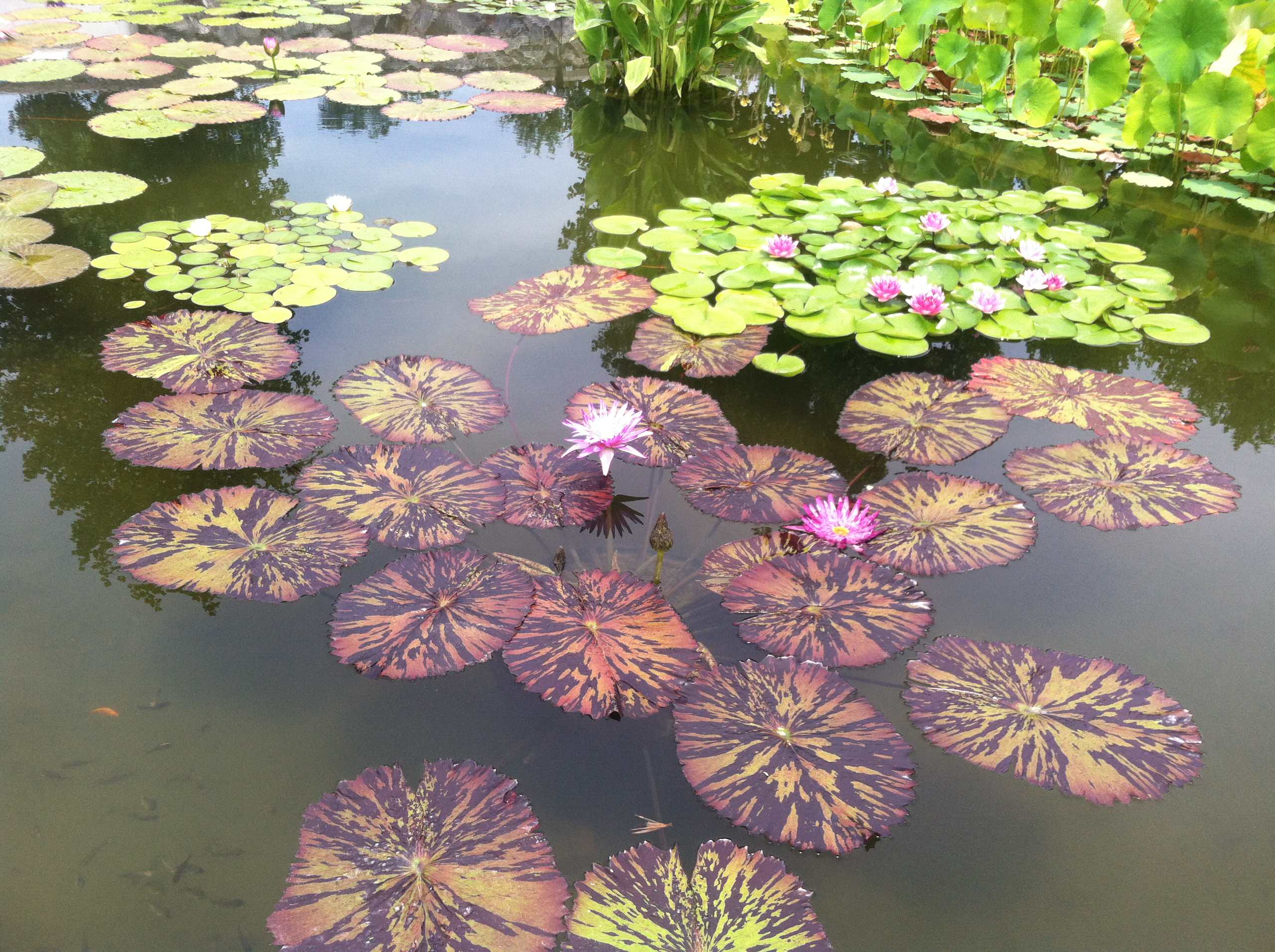Trusted Landscape Designer for Customized and Artistic Garden Designs
Trusted Landscape Designer for Customized and Artistic Garden Designs
Blog Article
The Function of Garden Style in Supporting Sustainability and Biodiversity
Garden style is progressively recognized for its prospective to promote sustainability and enhance biodiversity within city and country landscapes. By prioritizing native plant varieties and employing water preservation strategies, designers can create atmospheres that not only thrive yet also call for very little chemical intervention.
Importance of Native Plants
Stressing using native plants in yard design is crucial for advertising environmental equilibrium and sustainability. Native plants are those that normally happen in a specific region and have actually adapted to the local environment, dirt, and wildlife. Their incorporation right into yards supports regional environments by supplying habitats and food sources for indigenous pollinators, birds, and various other wild animals.
Furthermore, indigenous plants are normally more immune to local parasites and conditions, reducing the requirement for chemical pesticides and fertilizers. This resistance not only lessens ecological effect however likewise lowers maintenance prices for garden enthusiasts. Indigenous plants commonly require less water than non-native varieties, lining up with lasting gardening practices and reducing the strain on neighborhood water resources.
Water Preservation Strategies
Incorporating indigenous plants not only enhances biodiversity however additionally plays a substantial duty in water conservation within garden styles. Native species are adjusted to neighborhood environment conditions, needing much less water than non-native equivalents. Landscape Designer. This characteristic minimizes the need for watering, saving both water sources and power
Furthermore, carrying out rain yards can capture and filter stormwater runoff, advertising groundwater recharge while reducing disintegration. These yards use indigenous plants that flourish in wet problems, properly handling excess water while developing diverse habitats.

Another efficient technique is the use of absorptive paving materials in paths and patio areas, allowing rain to infiltrate the ground instead than escaping. This advertises dampness retention and decreases the demand for watering.
Finally, installing a rainwater harvesting system can substantially contribute to water preservation initiatives. Accumulating and saving rain for garden use motivates lasting methods and minimizes dependence on community water resources (garden design near Larson SC). By integrating these techniques, yard designs can properly advertise water conservation while sustaining ecological health and wellness
Decreasing Chemical Usage
While lots of garden enthusiasts seek vibrant and healthy plants, lowering chemical usage is essential for promoting a lasting community. The reliance on synthetic fertilizers and chemicals can cause soil degradation, water contamination, and a decline in beneficial insect populaces. By taking on organic gardening methods, gardeners can improve the health and wellness of their landscapes while advertising biodiversity.
One efficient strategy is to utilize compost and organic amendments, which enrich the soil naturally and improve its framework. landscape designer near West Ashley SC. These techniques not only enhance plant health however also minimize the requirement for chemical plant foods - Landscape Designer. Implementing integrated parasite administration (IPM) strategies even more lessens chemical inputs by encouraging all-natural predators, such as ladybugs and parasitic wasps, to manage pest populations
In addition, selecting native plant varieties can substantially minimize the demand for chemical treatments, as these plants are better adjusted to regional problems and are extra resilient against parasites and diseases. By prioritizing sustainable techniques, garden enthusiasts can develop prospering environments that sustain both plant health and wellness and ecological community honesty, ultimately resulting in yards that are not just beautiful however also ecologically responsible. Reducing chemical use is a vital action in growing yards that recognize and enhance the natural world.
Creating Wild Animals Habitats
Creating vibrant wildlife environments within yards not just improves biodiversity however also enhances lasting horticulture techniques targeted at decreasing chemical usage. By including indigenous plants, garden enthusiasts can provide essential sources such as food and sanctuary for different types, including birds, pests, and tiny animals. Native plants are well-adapted to neighborhood problems, needing less water and less chemical inputs, therefore aligning with sustainability objectives.

Keeping a naturalistic strategy, which may consist of leaving some areas wild or undisturbed, allows for the natural procedures of environments to thrive. This practice urges the presence of valuable bugs and pollinators, which play an essential role in the health and wellness of both gardens and surrounding settings. Overall, producing wild animals environments useful content is a basic aspect of sustainable yard layout, cultivating ecological balance and durability while enhancing the beauty and performance of outside rooms.
Area Interaction in Horticulture
Community engagement in horticulture cultivates a feeling of belonging and collective responsibility, transforming specific gardening initiatives right into common initiatives that profit the entire neighborhood. By including neighborhood members in gardening jobs, we can grow not just plants yet also connections and social media networks. Local yards work as crucial areas for education and learning, where people of any ages can discover sustainable practices, biodiversity, and environmental stewardship.
Collective gardening efforts, such as neighborhood gardens, promote the exchange of expertise and sources, making certain that all individuals can add and benefit. This inclusivity improves neighborhood durability, as members interact to conquer difficulties such as food insecurity and environmental destruction. Furthermore, neighborhood gardens can work as systems for social expression, enabling individuals to share their heritage through varied planting and gardening techniques.
Additionally, engaging the community in gardening initiatives can lead to raised understanding of neighborhood ecological communities and the relevance of biodiversity. By functioning jointly to layout and preserve these spaces, homeowners foster a common dedication to sustainability, producing a lasting influence on both the setting and community communication. Ultimately, community involvement in horticulture is a powerful device for advertising environmental stewardship and enhancing the lifestyle within communities.
Conclusion
By stressing the usage of indigenous plants, implementing water conservation techniques, and minimizing chemical inputs, gardens can properly support local communities. Jointly, these practices not only enhance the elegance of areas yet also promote ecological equilibrium, making yard design a vital component in the quest of a lasting future.
Report this page